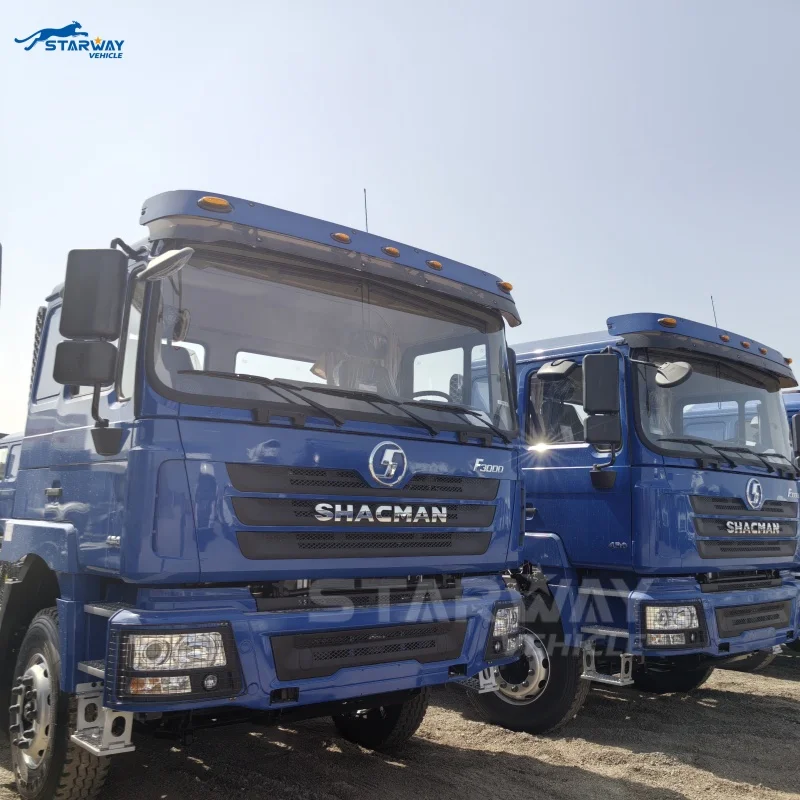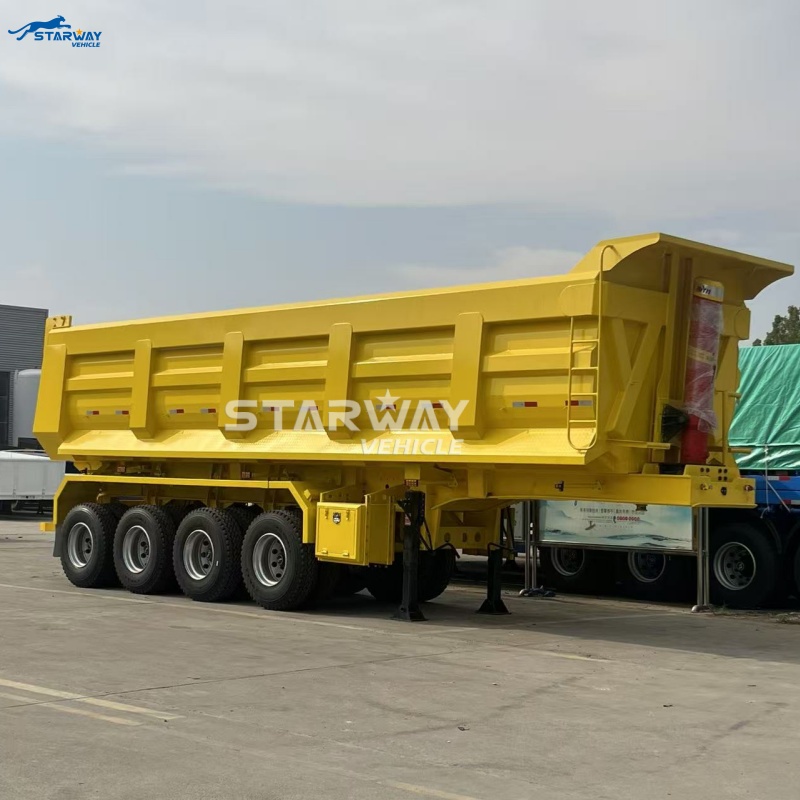Recent Posts
 Shacman vs. Competitors: Which Truck Delivers Better ROI?2025-11-26
Shacman vs. Competitors: Which Truck Delivers Better ROI?2025-11-26 Real-World Test: 4-Axle Tipper Semi Trailer Payload Capacity Revealed2025-11-13
Real-World Test: 4-Axle Tipper Semi Trailer Payload Capacity Revealed2025-11-13 The Hidden Costs of Operating a 70 Ton Flatbed Trailer (And How to Avoid Them)2025-11-11
The Hidden Costs of Operating a 70 Ton Flatbed Trailer (And How to Avoid Them)2025-11-11 4 Axles vs 3 Axles: Which Flatbed Trailer is Right for Your 70 Ton Load?2025-11-11
4 Axles vs 3 Axles: Which Flatbed Trailer is Right for Your 70 Ton Load?2025-11-11 4-axle Tipper Semi Trailer Power System vs Job Demands: 3 Real Case Results from Construction Sites2025-11-07
4-axle Tipper Semi Trailer Power System vs Job Demands: 3 Real Case Results from Construction Sites2025-11-07
Maintenance Tips for 3 Axles Stainless 40,000 Liter Tanker
Introduction
This guide provides focused, actionable maintenance strategies for owners and operators of a 3 Axles 40,000 Liter stainless Fuel Tanker Trailer, combining industry standards, inspection routines and practical tips to maximize uptime and compliance. Proper care reduces lifecycle costs, enhances safety and preserves resale value for fleet managers and decision-makers.
Why Maintenance Matters for Stainless Tankers
Stainless construction offers corrosion resistance, but it is not maintenance-free. Routine maintenance prevents contamination, structural fatigue and gasket failures that can lead to product loss, regulatory penalties or downtime. The 3 Axles 40,000 Liter stainless Fuel Tanker Trailer requires a balanced program of visual checks, scheduled services and documentation to meet EN/ASTM and local ADR/IMDG requirements where applicable.
Key Maintenance Objectives
- Preserve tank integrity and weld quality.
- Maintain pump and valve performance.
- Ensure suspension, axles and braking systems operate within safety margins.
- Prevent contamination through proper cleaning and sealing.
Routine Inspection Checklist
Create a checklist tailored to the 3 Axles 40,000 Liter stainless Fuel Tanker Trailer and perform inspections at pre-trip, weekly and monthly intervals. Below is a practical table to standardize checks.
Cleaning and Contamination Control
Thorough internal cleaning prevents cross-contamination between different fuel grades. Use approved cleaning solvents and follow applicable waste disposal rules. For stainless interiors, avoid chlorides concentration and prolonged exposure to harsh acids. Rinse, dry and nitrogen-blanket when storing to prevent condensation.
Recommended Cleaning Steps
- Drain tank and open manways following confined-space protocols.
- Use splash-proof pumps and approved detergents; avoid abrasive cleaning that can damage welds.
- Rinse with potable water and apply dry-off procedures (heated air or nitrogen purge).
- Conduct a post-clean sample test to confirm purity before reloading.
Axles, Suspension and Load Management
Correct axle maintenance extends service life and ensures regulatory compliance for weight distribution. For tri-axle configurations, monitor tyre wear patterns and rotate tyres to balance loads. Lubricate axle bearings per OEM schedules and detect early signs of misalignment to prevent structural stress on the stainless tank body.
Advanced Checks and Non-Destructive Testing (NDT)
Schedule periodic NDT: ultrasonic thickness testing for shell corrosion, magnetic particle or dye-penetrant inspections for weld integrity and radiography for critical joints when required by code. Implement a digital maintenance log to track findings and corrective actions — this strengthens EEAT credentials during audits and buyer evaluations.
Common Pitfalls and How to Avoid Them
- Ignoring minor leaks — small seepages accelerate corrosion and safety risks.
- Using incompatible cleaning agents — leads to pitting or gasket damage.
- Overlooking suspension play — causes uneven loading and structural fatigue.
Cost and Downtime Considerations
Proactive maintenance lowers total cost of ownership. Budget for scheduled preventive services, spare parts (valves, gaskets, seals) and unexpected NDT. Minor planned downtime for inspection is far less costly than emergency repairs or regulatory fines.
Integration with Fleet Procurement and Upgrades
When evaluating new trailers, prioritize manufacturers with robust QA, clear service schedules and accessible spare parts. For complementary equipment, consider options like Tri Axle Side Dump Drawbar Trailer when expanding a mixed-use fleet, ensuring compatibility in coupling systems and weight ratings.
Standards and Compliance
Adopt relevant standards such as EN ISO for pressure equipment, ASTM guidelines for material testing and national ADR/IMDG regulations for fuel transport. Maintain documentation for every inspection and repair; regulators and purchasers value traceability and supplier reliability.
Why Choose Our Maintenance Approach
Our recommended maintenance framework is designed for decision-makers and technical evaluators who demand measurable uptime and compliance. With experience servicing stainless tank fleets globally, we emphasize practical checklists, periodic NDT, and supplier-backed parts to ensure predictable lifecycle costs.
Next Steps and Contact
To implement a maintenance program or request service consultation, contact our technical team for a tailored inspection schedule, parts kit recommendations and training for your operators. Prioritize the care of your 3 Axles 40,000 Liter stainless Fuel Tanker Trailer today to reduce risk and maximize return on investment.
For procurement or technical inquiries, ask about OEM service packs, certified spare parts and operator training modules that align with international standards and fleet operational goals.
Leave A Reply





